In April 1993, Richard Nixon, 37th President of the United States, entered the entrance of Jinjiang Hotel. He pointed to a small hall with red brick walls and blurted out, “Here it is.”
To the American guests who accompanied him on his visit to China, he said passionately: "I want to tell everyone here that 21 years ago, the Joint Communiqué of the United States of America and the People’s Republic of China was drafted in Beijing. Then, further discussions were held in Hangzhou. Finally, a press conference was officially held here. It can be said that Jinjiang Hotel witnessed the start of the China-U.S. relations!"
President Nixon had been to Jinjiang Hotel twice previously, in 1972 and 1982, making his 1993 visit his third. Cheng Ronggen, then a senior hotel manager, experienced that moment on his third visit. According to his recollection Jinjiang Hotel specially arranged for the staff who had attended the reception in 1972 to receive the former President again. President Nixon was very happy to see the familiar faces of that year and invited them to take pictures together.
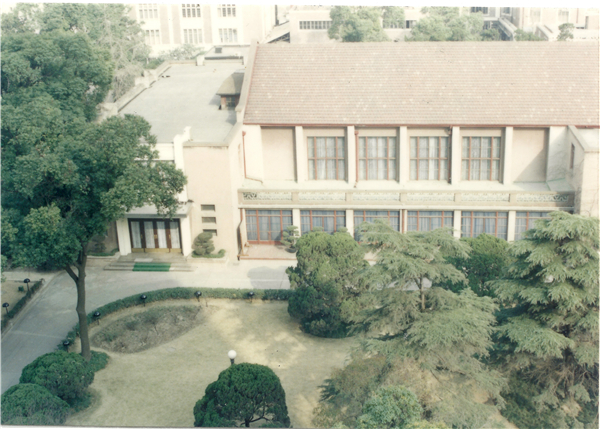
(Jinjiang Hotel Grand Hall in 1959)
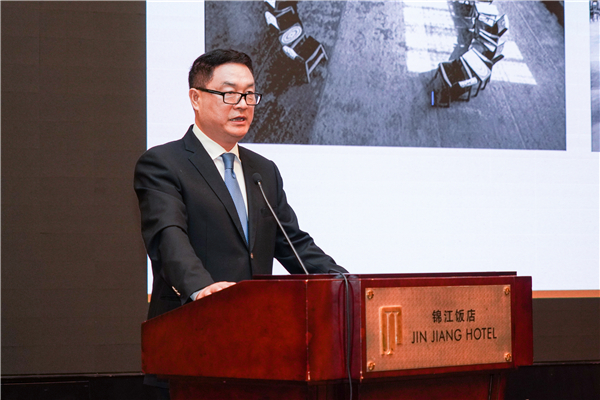
(Cheng Ronggen)
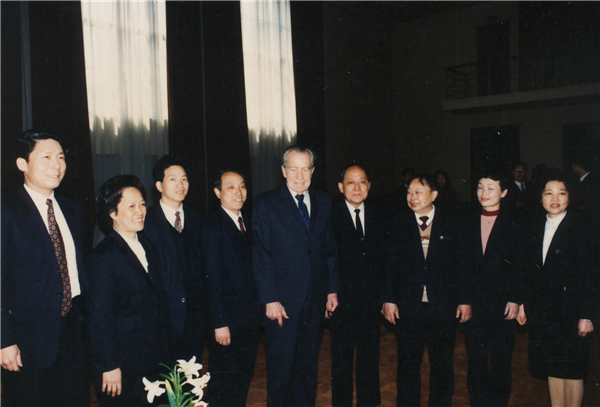
(In 1993, President Nixon takes a photo with the general manager, vice president of Jinjiang Hotel and the waiters who received his first two visits to China)
On February 28, 1972, Premier Zhou Enlai and President Nixon issued the Joint Communiqué of the United States of America and the People’s Republic of China (also known as the Shanghai Communiqué for short) in the Jinjiang Hotel Grand Hall. In President Nixon’s later memoirs, he proudly described this trip to China as a week that changed the world.
Importantly, President Nixon, on behalf of the United States Government, solemnly declared to the world that the United States of America recognized that both sides of the Taiwan Strait belonged to one China, namely the People's Republic of China. This principle still guides China-U.S. relations now.
Jinjiang Hotel Grand Hall is famous for witnessing this historic moment. Cheng Ronggen said, "I remember that a journalist defined the publication of the Shanghai Communiqué as a historical event that changed the world. On that day, the Shanghai Communiqué was published after the consultation in Jinjiang Hotel Grand Hall. On that day, the whole world knew a place called Jinjiang Hotel Grand Hall. On that day, Jinjiang Hotel Grand Hall bore the weight of history."
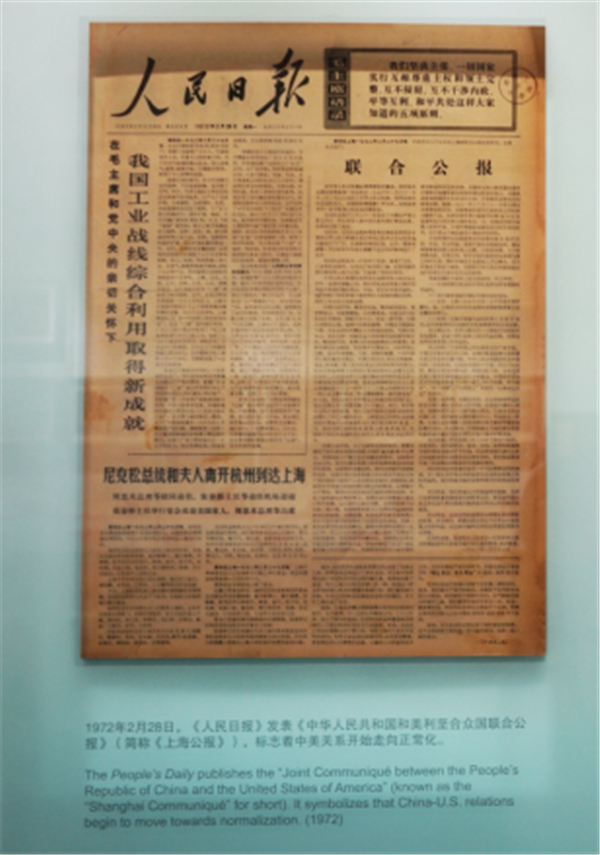
(On February 28, 1972, The People’s Daily publishes the Shanghai Communiqué)
There are two stories about the birth of the Shanghai Communiqué. On February 27, when President Nixon and his party arrived in Shanghai from Hangzhou, Yue Jingen, who was working in the secretarial group of the Foreign Affairs Office of the Shanghai Municipal People’s Government, received the task of printing the Chinese and English versions of the Communiqué. He recalled: "When I got the Communiqué with the deputy director of Ministry of Foreign Affairs, we rushed to the printing factory of the Shanghai Municipal Committee of the Communist Party of China on Kangping Road to proofread the English and Chinese versions. We proofread two versions at least 10 times respectively. It was so serious that a punctuation mark couldn't be wrong and we were all nervous and afraid of making mistakes. After proofreading, 100 copies were printed immediately, and the whole process took within two hours. This was the request of the vice mayor of Shanghai at that time: ‘It should be the top priority!’"
Yue Jingen also remembered the dinner that day clearly. It happened to be the Lantern Festival on the Chinese lunar calendar. "Because of the delicate stalemate in China-U.S. relations at that time, the Americans were very reserved. They looked serious, let alone ate happily. But we had already been trained to actively enliven the atmosphere and do the honors." As a result, Chinese people began to eat tangyuan (glutinous rice balls) placed on the table. The Americans saw how they enjoyed themselves and began to eat as well. “President Nixon, unwilling to lag behind, ate a bowl of meat tangyuan and a bowl of red bean paste ones, considerably creating a relaxing atmosphere in the meeting hall.”
The publication of the Shanghai Communiqué marked the point at which China-U.S. relations began to move towards normalization after more than 20 years of confrontation. After China and the United States formally established diplomatic relations in 1979, Jimmy Carter, the 39th President of the United States, also visited Jinjiang Hotel three times. In 2009, President Carter attended the “Picture Exhibition Celebrating the 30th Anniversary of the Establishment of China-U.S. Diplomatic Relations” held in Jinjiang Hotel. Before leaving, President Carter wrote a greeting card to the general manager of the hotel, which said: “It's a great honor to stay in Jinjiang Hotel, where the Shanghai Communiqué was published.” He also thanked Jinjiang Hotel for its warm hospitality and was very satisfied with the meticulous and thoughtful service.
Cheng Ronggen also mentioned that Dr. Kissinger, an old friend whom Chinese people are very familiar with, has also been to Jinjiang Hotel countless times. From Chairman Mao Zedong to President Xi Jinping, almost all Chinese leaders highly praised him and respected his outstanding contribution to China-U.S. relations.
On July 6, to commemorate the 40th Anniversary of China-U.S. Diplomatic Relations, over fifty guests from both China and the US joined a city journey themed “Trans-Pacific Exchange and Cooperation”, tracing the meaningful moments in China-U.S. relations. The first stop on the itinerary was to pay a visit to the Jinjiang Hotel Grand Hall. All in all, Jinjiang Hotel witnessed the beginning and the development of China-U.S. relations and it is an indispensable place to visit in the pursuit of the history between the two countries.
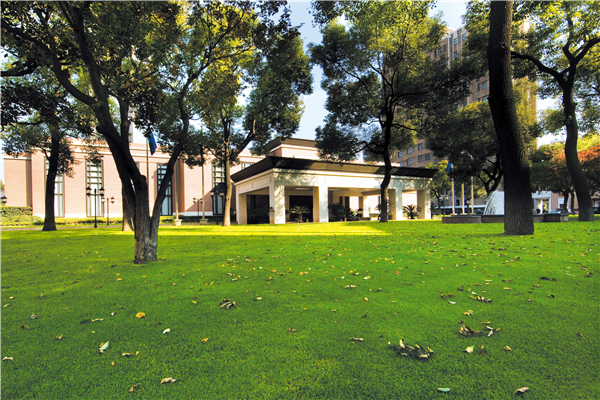
(Today’s resplendent Jinjiang Hotel Grand Hall)
